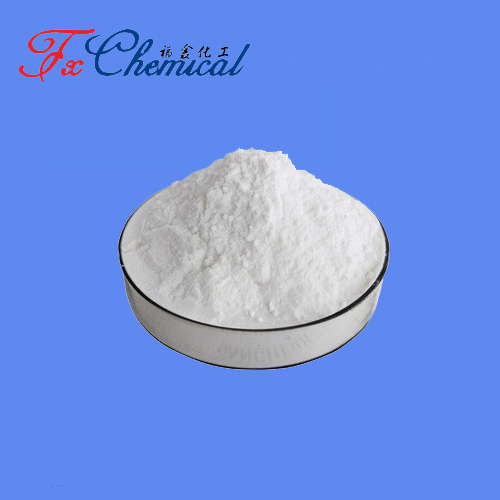
Search

Search

With the rapid development of large-scale animal husbandry, feed additive has become the indispensable substance in the growth of livestock and poultry. Many livestock farms and professional breeders commonly use the feed additive to prevent and control diseases. However, with many types of feed additives available, and their functions not always clear, improper use can lead to significant losses in animal production. Here we introduce several commonly used additives and their scope of application, in order to help farmers accurately and rationally use animal feed additives.
Vitamin additives are one of the commonly used additives and include two types: single and complex. Each type of vitamin has unique functions, and when livestock or poultry lack a certain vitamin, specific symptoms will appear. Corresponding vitamins should be added to the feed in such cases. However, vitamins cannot substitute for each other. Nowadays, many manufacturers have formulated complex vitamins by combining various vitamins in specific proportions, such as "Muleweita," "Multidimensional Meat Chicken," "Multidimensional Dairy Cow," and "Multidimensional Wool Rabbit." For large pig farms, chicken farms, or in cases of green feed shortage, these additives are indispensable. They can prevent multiple vitamin deficiencies, enhance resistance, and prevent stress symptoms. However, they are not necessary when green feed supply is sufficient.
Also known as mineral feed additives, feed additives for the feed industry include iron, copper, manganese, zinc, selenium, cobalt, and molybdenum. The dosage of these additives is mostly minimal, as excessive use can lead to toxic reactions in livestock and poultry. Most feeds contain enough trace elements. However, due to soil influences, some regions may lack certain trace elements. It is necessary to determine which elements to add by measuring the trace element content in the soil. In regions lacking such data, using some composite trace element additives is also acceptable.
Amino acids added to feed are mainly the essential amino acids, such as methionine and lysine, which are most lacking in plant-based feed. The addition of amino acid feed additives is not the more, the better. Rather, missing parts should be supplemented according to the content of basic daily rations and breeding standards, balancing the various amino acids in the feed to improve protein utilization. Randomly adding amino acids without knowing the contents of each feed component can often result in a waste of resources.
Antibiotic animal feed additives can improve the immune function of animal bodies, promote appetite and stimulate the pituitary gland to secrete hormones and promote development. In poor feed hygiene conditions, using antibiotics as the feed additive can achieve greater economic benefits. However, antibiotics should not be indiscriminately used. The appropriate type should be selected based on local livestock and poultry's disease resistance and incidence, and used scientifically. Otherwise, it can lead to drug resistance in the body, reduce the effectiveness of antibiotics, and even make livestock and poultry products toxic, endangering human health.

Quick Links
Add:
E-mail:
 English
English  Español
Español  français
français  العربية
العربية 


